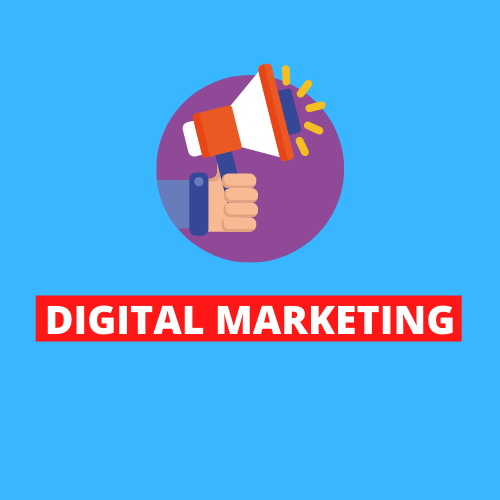
Webflow’s founders (from left) are chief experience officer Sergie Magdalin, CEO Vlad Magdalin and chief technology Bryant Chou.
Webflow
Vlad Magdalin says he’s been getting odd looks at Starbucks in recent weeks when he tells the baristas his first name. But he has no reservations about the war in Ukraine initiated by the man who shares that name—the day the invasion began, Magdalin renounced his dual Russian citizenship. Webflow, the website building startup of which he is CEO, is no longer doing business in Russia. A number of Ukrainian relief efforts, too, have launched using its “no code” tool that allows anyone to create a professional website without having coding skills.
It’s amid this “surreal” backdrop that Magdalin, who is of part-Ukrainian, part-Russian heritage, is announcing a new funding round for his company. “You kind of have to give yourself permission to hold both realities,” he says. Webflow said Wednesday that it raised $120 million in a Series C round led by Y Combinator Continuity, with participation from existing investors including CapitalG and Accel. The round raises the San Francisco-based startup’s valuation to $4 billion and comes as it is on track to hit $100 million annual recurring revenue within a month.
Webflow was founded in 2012 by Magdalin and his brother Sergie—religious refugees who moved from Russia as children—as well as their friend Bryant Chou. After narrowly avoiding bankruptcy in its early days, the company capitalized on growing buzz in “no code” software and were accepted into Y Combinator’s accelerator. But after taking $2.9 million in seed funding in 2014, the trio chose to hunker down and bootstrap the company until it became self-sustaining. “I was freaked out about this idea of venture capital coming in to destroy companies,” says Magdalin, who by 2019 had led Webflow to profitability and more than $10 million in annualized revenue.
When he raised his Series A round that year, Magdalin devised what he calls “a social contract” that any prospective investor had to agree to in order for him to accept their money. It stipulates in writing that they must agree to prioritize Webflow’s mission and its employees above its revenue. “Sometimes I’d share that thing with investors upfront and I’d never hear from them again,” Magdalin says. Those who agreed are beginning to see the rewards of their conviction. Webflow now has more than 200,000 customers and is starting to see new streams of revenue from bets that it took years ago—investing in things that don’t generate revenue right away is a core tenet of the mission Magdalin speaks of in his contract. One example is a tool for users to create animations. While the feature is not a necessity for most people launching a website, Magdalin says that over time, Webflow saw an uptick of new customers who discovered it as a result of the animations, which include a badge labeled “Made in Webflow.” The startup is also starting to see accelerated growth in its business selling to enterprise companies like Univision and PwC. Over the course of last year, revenue in this segment grew to $8 million from about $1 million, Magdalin says.
The new funding will go toward more product development on long-term bets, Magdalin says. He sees Webflow growing in two to three years into a “no code” tool not only to build websites, but also software applications. “We want to turn any knowledge worker into a potential developer so that they are developing software, but they don’t necessarily have to know how to write the code to do it,” Magdalin says. “Websites are our beachhead to expand into that larger space.”
Webflow is also setting aside $10 million from the new round for grants to users creating resources or holding events to help other people use Webflow. The company now has 400 employees and $335 million in total capital raised; enough of the money from past funding rounds is still in the bank, Magdalin says, that the company can self-sustain for at least four years. In the event of an extended market downturn, the new capital can help Webflow survive or strengthen itself through business acquisitions, says Rowghani, who is joining the board as part of the raise. Magdalin says there are no plans to take the company to an IPO anytime soon, and his new investor affirms that he shouldn’t feel any pressure to rush despite competitors like website builder Wix and ecommerce company Shopify already being public. “There are certain companies where they become huge simply because the [total addressable market] is huge,” Rowghani says. “One of the nice things about this market is that we don’t have to worry that much about competition.”
from WordPress https://ift.tt/7Y95PiN
via IFTTT

0 Commentaires